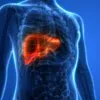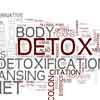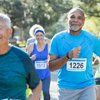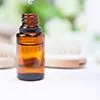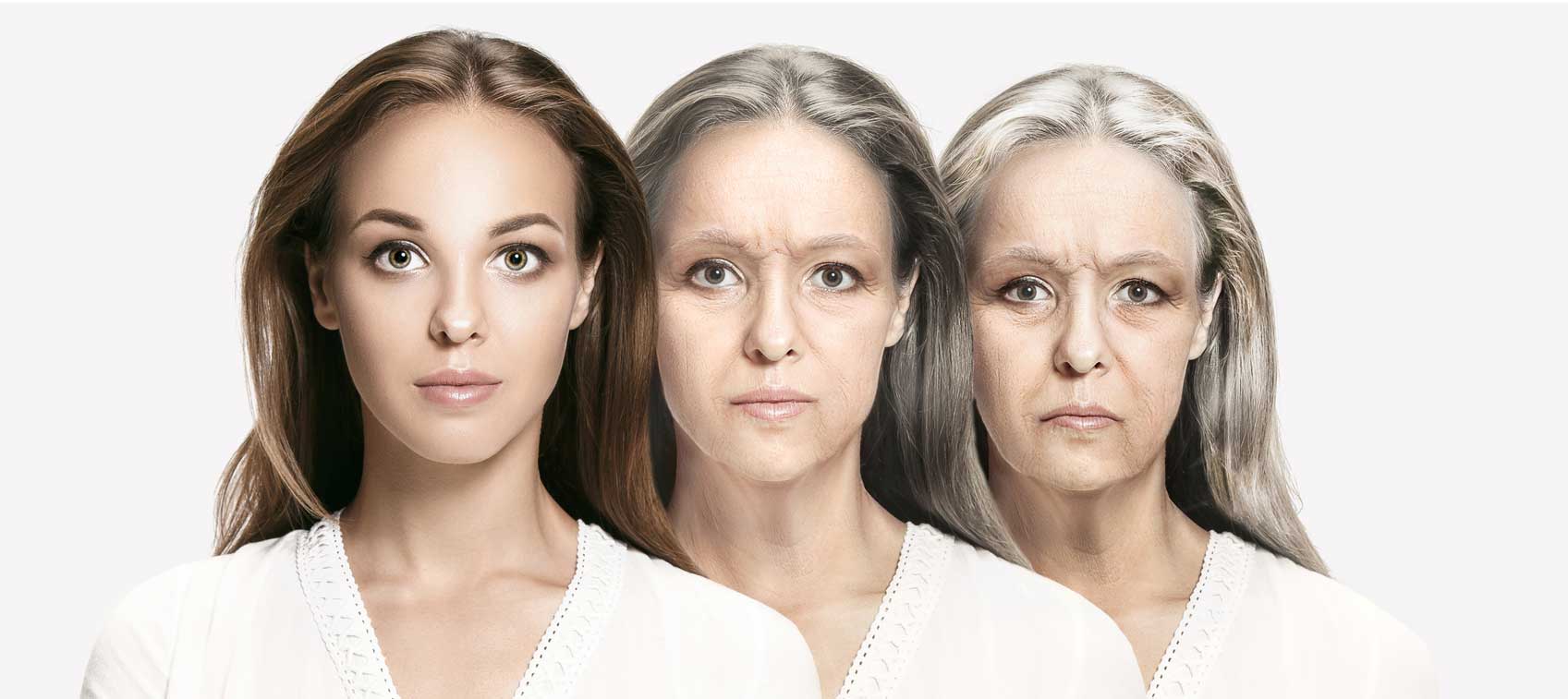
Did you know that your “real age” may be vastly different than your chronological age? We all know people who appear years younger than they are and others who seem old before their time. The reason is that your real age—also referred to as your biological or functional age—is based on much more than counting birthdays.
Real age is a loose concept, and there is no definitive formula for determining it. Health habits, physical exams, and the usual lab tests give an overview, and more intensive testing such as genetic variations, telomeres (caps on the ends of chromosomes), and epigenetic tags (which turn genes off and on) are promising biomarkers of aging.
You can also get an idea of where you stand from self-assessments that you can perform at home. Although these tests are mostly for fun, they provide additional clues as to your real age relative to your chronological age.
Eyes: Visual Accommodation
By age 50, almost everyone has trouble focusing on near objects. That’s why reading glasses are so common. As we get older, the lenses of our eyes become less flexible. Visual accommodation—changes in the curvature of the lens to maintain focus with distance changes—declines, resulting in presbyopia or farsightedness.
- Visual Accommodation Test: Hold a printed page (letter, magazine article, etc.) at arm's length and slowly move it towards your eyes until the print suddenly begins to blur. If you wear glasses for distance, you may use them, but do not use reading glasses.
- Interpretation: For the average 21-year-old, the blurring point will be about 4” from the eyes. At ages 40 and 50, it averages 10" and 16", respectively—and if you are in your mid-60s, your arms may not be long enough to bring it into focus at all!
Skin: Pinch Test
Wrinkles aren’t an accurate gauge of age because skin appearance is also a reflection of sun exposure and other factors. However, aging does take its toll on skin elasticity, as this test clearly demonstrates.
- Skin Pinch Test: Pinch the skin on the back of your hand between your thumb and index finger for 5 seconds, then time how long it takes to flatten out and return to normal.
- Interpretation: The average time is 1–2 seconds for people under age 30, 3–4 seconds for ages 30–44, 5–9 seconds for 45–50-year-olds, 10–15 seconds for people in their 50s, and 35+ seconds for those in their 70s and older.
Lungs: Match & Breath-Holding Tests
Lung diseases are our third leading cause of death, but even in the absence of COPD, lung function declines with age. These “bedside tests” have proven correlations with more sophisticated testing devices.
- Match Test: Light a match, hold it about a foot from your mouth, and try to blow it out with your mouth wide open (not with lips pursed like you normally would). Slowly move it closer until you can blow it out and measure that distance.
- Interpretation: Most younger people can blow out a match at around 12". The average is 7–8" for people in their 40s–50s and 6" for older people.
- Breath-Holding Test: Take a full, but not too deep breath. Start your timer and hold your breath for as long as you can. Stop the time when you need to exhale.
- Interpretation: If you can hold your breath for more than 25 seconds, you have normal cardiopulmonary reserve (CPR). Fifteen to 20 seconds is indicative of limited CPR and less than 15 seconds is poor.
Cognitive Function: Serial 7s, Ruler Drop, & Sniff Tests
Some changes in cognitive function are a normal part of aging and nothing to worry about. Unfortunately, Alzheimer’s disease and other types of dementia are increasingly common with age.
- Serial 7s: Count backward from 100 by 7s, subtracting 7 each time. (100, 93, 86…)
- Interpretation: Part of the popular mini-mental status exam used by doctors, this test is not diagnostic on its own, but it does require concentration and memory. Unless you are math-phobic, you’ll probably do fine on this test.
- Ruler Drop Test: Have someone hold a ruler or yardstick at the 12–18" mark. Place your thumb and index finger just below and on either side of the other end (0"). As the other person drops the ruler without warning, catch it as fast as you can and record the number where you caught it.
- Interpretation: The lower the number on the ruler, the faster your reaction time. Younger people generally grab the ruler before the 6" mark. This span gradually increases with age, with those over 60 often catching it at 10–12"—or missing it altogether.
- Sniff Test: Gather a number of fragrant items such as coffee grounds, a cut orange, vanilla extract, mouthwash, chocolate, soap, etc. With the help of another person, take turns smelling and trying to identify each item while blindfolded.
- Interpretation: Loss of sense of smell has emerged as a fairly reliable indicator of neurodegeneration. Do not be alarmed if your sniffer is off—there are other reasons for olfactory decline.
Balance: One-Leg Balance Test
Balance involves the interplay of the senses of sight and touch, vestibular organs of the inner ear, proprioceptors in the muscles—and integration of all this information in the brain. No wonder balance declines with age. (Do not try these if you are at risk of falling.)
- One-Leg Balance Test: Stand on a hard floor with your arms crossed, barefoot or wearing sensible shoes. Lift either leg, bending the knee about 45 degrees, and time how long you can stand in that position. Stop the timer when the raised leg touches the floor or the other leg, or your arms move out of position.
- Interpretation: Most people younger than 60 can balance with their eyes open for around 40 seconds, but times thereafter drop by about 10 seconds per decade. Less than 10 seconds with eyes open suggests impaired balance and less than 5 seconds is associated with increased risk of falls.
- Eyes-Closed One-Leg Balance Test: Do the same test again but this time, after raising your foot close your eyes. Stop timing when you move or flail around to restore balance. (This is much harder, so make sure to have another person or a chair or counter nearby in case you start to fall.)
- Interpretation: With eyes closed, the average time is 12–15 seconds for younger people, 8 seconds after age 50, 4 after 60, 3 after 70, and 0–2 seconds after age 80. Some experts consider the eyes-closed one-leg balance test one of the best biomarkers of aging.
How to Improve These Markers of Aging
I hope you have fun with these real age vs chronological age tests. Please note that they are not meant to diagnose or predict any disease. However, if you feel like you’re aging faster than you should, consider these suggestions for improving various aspects of your health.
- Skin: Use sunscreen and moisturizer, stay well hydrated, and take multivitamins and omega-3 supplements.
- Vision: Get regular checkups and take vision-supporting zinc, vitamin C, lutein, and zeaxanthin.
- Lungs: In addition to increasing your cardiorespiratory fitness with endurance exercise, practice breathing exercises.
- Cognitive Function: A healthy diet, physical and mental exercise, social interaction, and supplements such as curcumin, fish oil, B-vitamins, and resveratrol support brain health and help preserve cognitive function.
- Balance: Practice one-leg standing (within reach of something to prevent falls). Tai chi and yoga not only improve balance but also reduce your risk of falls.
I’ll close with a final question: How old do you feel? Your response—whether you feel younger or older than your chronological age—may be the best determinant of all. As the old saying goes, “You’re only as old as you feel!"
